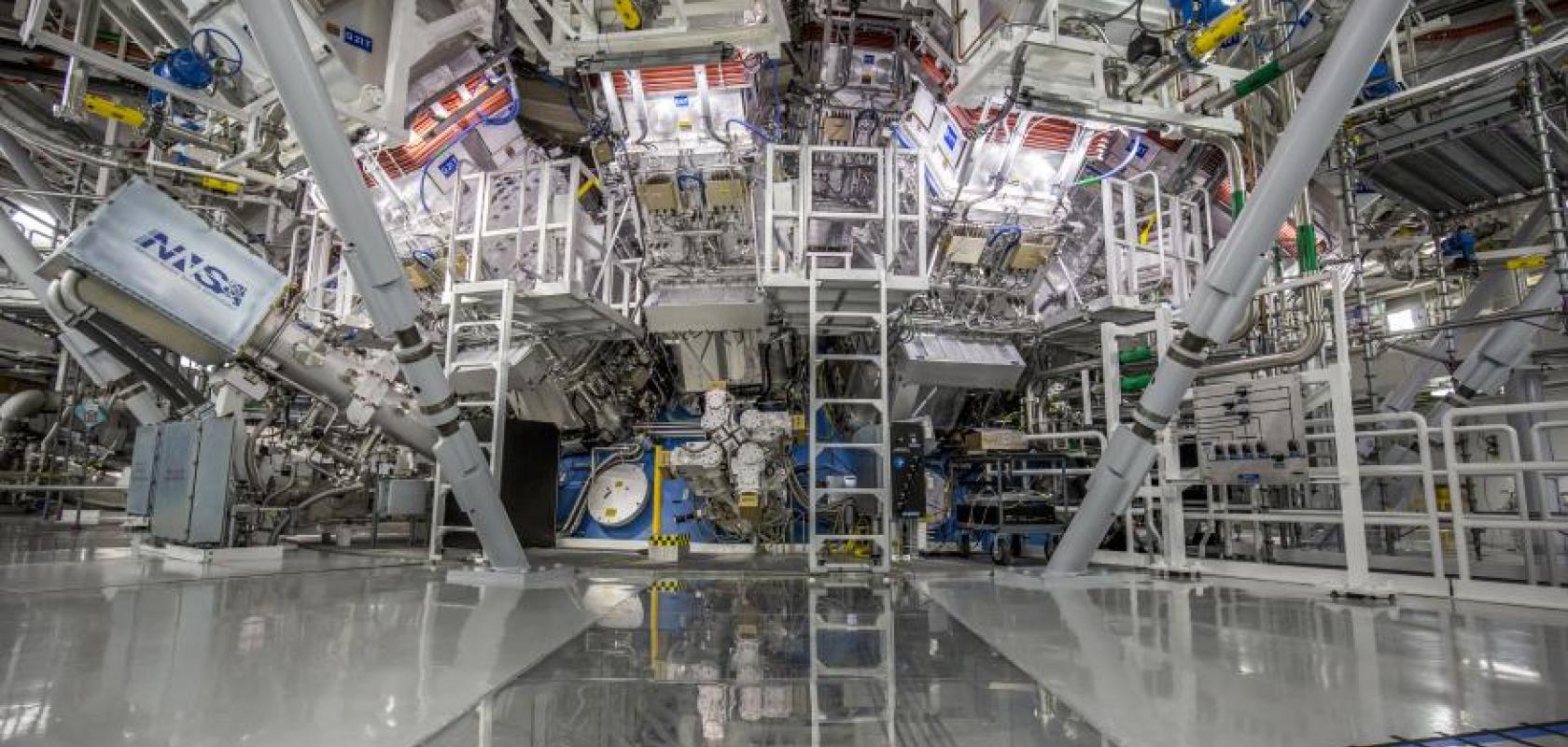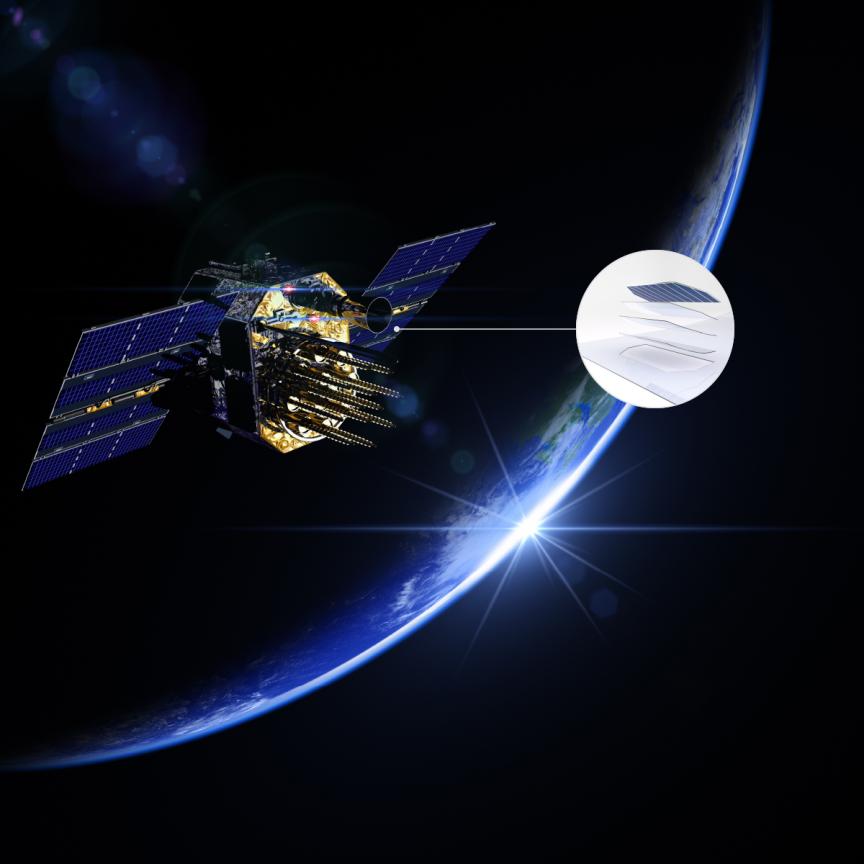In a defining moment for photonics, one of the most promising applications of laser technology - the realisation of laser-driven fusion - has achieved a historical breakthrough.
As announced by Lawrence Livermore National Laboratory (LLNL), California, USA on 13 December, scientists at the National Ignition Facility (NIF) were able to release a fusion energy of 3.15 megajoules (MJ) from a pellet filled with the hydrogen isotopes deuterium and tritium. This is equivalent to 154 per cent of the expended energy equivalent to 2.05MJ of the laser pulse that triggered the explosion.
This net energy gain represents the first internationally long-awaited breakthrough in fusion research. These results will provide unprecedented capability to support US Department of Energy’s High Energy Density Physics mission and established the physics platform to generate an efficient energy source comparable to the sun, making it a viable long-term complement to renewable energy.
“Bringing the power of stars to Earth is a watershed moment for humanity, making the prospect of a clean, abundant, safe and reliable energy source tangible,” said a delighted Professor Constantin Haefner, director of the Fraunhofer Institute for Laser Technology ILT in Aachen, Germany, who himself served as director of the Advanced Photon Technologies Program at NIF for many years until 2019. “This breakthrough is the culmination of a 60-year scientific journey aimed at solving one of the most difficult technical challenges facing humanity.”
Fusion of hydrogen to helium releases immense amounts of energy
In the new milestone at NIF, giant pulsed lasers deliver energy of more than two million Joules of UV light precisely into a ~1cm long gold-coated cylinder, which experts call a 'Hohlraum,' where the interaction of the laser beams with the inner walls produces X-rays. These then spread evenly in the hohlraum as in a hot oven. A bead about two millimeters in size, containing a mixture of the hydrogen isotopes deuterium and tritium and suspended in the center of the hohlraum, absorbs the propagating X-rays heating up rapidly.
The outer shell of the pellet is blown off, and the resulting implosion pressure compresses the hydrogen fuel reaching to a density hundreds of times of solid matter, forming a hot spot at its center with a temperature or more than 120 million Degrees Celsius. In turn this triggers the fusion of hydrogen into helium.
Each fusion reaction of two light nuclei releases 17.6 MeV per reaction in the form of neutrons and alpha particles. The alpha particles are immediately reabsorbed by the plasma, causing it to heat up further and triggering a self-sustaining burn wave. After less than 100 picoseconds, the high temperature and enormous pressure cause the remaining fuel to expand and the parameters to fall below the threshold for fusion, known as the Lawson criterion. This effect also makes the fusion reaction safe as no critical chain reaction can occur.
In the current experiment, 2.05 MJ of laser energy was used to compress and heat the target. Only ~ one per cent of the energy is delivered to the hot spot due to inefficiencies the implosion process. The thermal runaway driven by the fusion reaction ignited the plasma and produced ~ 3.15 MJ of energy with an instantaneous power of about 52,500,000,000,000,000 watts, the diameter of which is less thick than a hair. The key advance over previous results was made possible by data from previous experiments and a better understanding of fusion physics, which then led to improvements in the hohlraum design, the structure of the fuel pellet, and modifications to the laser and the laser pulse.
“Worldwide, electricity demand is expected to grow strongly in the coming decades. On the one hand, electricity is becoming the most important primary energy, as it will also be increasingly used for heat in buildings and industry and the mobility sector and will be converted into hydrogen and hydrogen derivatives”, says Prof. Hans-Martin Henning, Director of the Fraunhofer Institute for Solar Energy Systems ISE and chairman of the Expert Council on Climate Issues of the German Government. “On the other hand, electricity will be needed in even significantly larger quantities than today for water desalination and, in the long term, probably also for removing carbon dioxide from the atmosphere.”
Energy generation from fusion could open an additional, practically inexhaustible, weather-independent and, above all, equally emission-free energy source. However, controlled fusion for energy production is technically extremely demanding; solving the remaining challenges and building the first fusion demonstrator will clearly take more than a decade. Therefore, it will not contribute to an accelerated reduction of greenhouse gas emissions in the short and medium term. Prof. Haefner, commissioner for fusion research of the Fraunhofer Gesellschaft in Germany, adds: “Fusion is a high-risk, high-return investment and - if successful - the holy grail for achieving energy sovereignty and meeting the world's energy needs in the long term. “Now is the time to set sail to bring fusion energy to the grid, a journey that is clearly a multidecadal effort, assuming the world will commit and sustain investment.”
The $3.5 billion NIF facility houses the world's highest-energy laser system and the world's largest optical system, counting more than 7500 meter-scale specialized optics generating and directing laser energy at the target.


